Learning how to make alcohol ink with acrylic paint for resin opens up a world of custom, vibrant colors. You can mix acrylic paint with isopropyl alcohol and get a pigmented liquid that blends right into resin, giving your art a colorful, professional finish.
Start by measuring a small amount of acrylic paint and mix it with three times more isopropyl alcohol. For example, if you use 2 oz of paint, add 6 oz of alcohol. Pour them into a clean container and stir well—use a wooden stick or small whisk to get a smooth, even blend.
Your resin pieces can end up with more depth and interesting patterns than most store-bought inks offer. Plus, this method is pretty budget-friendly and lets you make exactly what you want.
Why Make Alcohol Ink From Acrylic Paint For Resin?

Making alcohol ink from acrylic paint gives you more control over color and cost. It’s also just fun—there’s something satisfying about mixing up your own shades.
Benefits: Custom Colors, Cost Savings, DIY Creativity
You can mix acrylic paints to create custom colors and get the exact shade you want. That flexibility is a lifesaver for matching tricky palettes.
Store-bought alcohol inks can get expensive fast, but acrylic paint is cheap and everywhere. Making your own ink is a solid way to save a few bucks.
This DIY method lets you play with color intensity and opacity. You get to decide how much pigment and alcohol to use, which changes how the ink dries and moves on resin.
Experimenting like this helps you understand your materials better. It’s rewarding to tweak recipes and see what new effects you can get—honestly, it just makes the whole process more personal.
Ideal For Resin Swirls, Marbling, And Layered Pours
Homemade alcohol inks from acrylic paint blend beautifully with resin. They’re perfect for swirls and marbling techniques.
The alcohol evaporates quickly, leaving the color behind to float or settle on the resin’s surface. This creates bold, clear patterns when you swirl or move the ink around.
Layered pours also benefit because you can adjust opacity. You can make translucent or solid color layers for extra depth.
Since the pigments come from acrylic paint, they’re a bit more stable and less likely to fade compared to some dye-based inks. That’s a nice bonus for resin art that you want to last.
Supplies You’ll Need

To make alcohol ink with acrylic paint for resin, you’ll need a handful of specific supplies. The quality and type of each one will affect how your ink behaves in resin.
Acrylic Paint: Fluid Or Heavy-Body Options
Pick your acrylic paint based on how you want the ink to flow. Fluid acrylic paint is thinner and mixes easily with alcohol, making it great for smooth, transparent ink.
Heavy-body acrylic paint is thicker and needs more alcohol to thin it out. Both types have rich color, but fluid paint usually blends better for even coverage.
If you use heavy-body paint, add it slowly and avoid paints with silicone or extra additives. Those can mess with your resin finish.
High‑Proof Isopropyl Alcohol (70–99%)
You’ll need high-proof isopropyl alcohol—ideally 70% to 99%. Higher concentrations dry faster and help your ink spread smoothly on resin.
Lower-proof alcohol has more water, which can weaken color and cause weird drying. Stick with pure isopropyl alcohol for vivid, even results. Just remember, it’s flammable, so work in a well-ventilated area.
Eyedropper Bottles, Pipettes, Gloves, Mixing Sticks
Grab eyedropper bottles or pipettes for mixing and applying your ink. They let you control drops and color intensity.
Wear gloves to keep your hands clean. Mixing sticks help blend the paint and alcohol so you don’t end up with lumps.
Using these tools makes it a lot easier to get clean, professional-looking resin art. You don’t need anything fancy, just the basics.
How To Mix Your DIY Alcohol Ink

You’ll want to mix acrylic paint with alcohol carefully to get vibrant ink for resin. Getting the paint and alcohol ratio right is key for color intensity and flow.
The process is pretty simple, but you’ll probably need to adjust as you go. Just keep blending and tweaking until the mixture looks smooth.
Blend Paint + Alcohol (Start ~1:5 Or 1:10 Paint To Alcohol)
Start by adding acrylic paint to 90% or higher rubbing alcohol. A 1 part paint to 5 or 10 parts alcohol ratio is a good jumping-off point.
This thins the paint into a liquid ink that spreads easily, but you can always adjust for more or less opacity. Fluid acrylic paint works best—thick paint can clump and get frustrating.
Mix in a small glass or plastic container. The alcohol breaks down the paint, giving you those bright, translucent colors that stand out in resin.
Shake Or Stir Until Smooth, Then Adjust For Pigment/Sheen
Once you’ve combined everything, shake or stir the mixture until it’s smooth. You don’t want lumps or separation.
If it’s too thick or cloudy, add a little more alcohol. If the color looks weak, add more paint.
You can also toss in mica powder or pearl pigments at this point if you want some shimmer. Strain through a fine mesh if you see any clumps. That’s it—your DIY alcohol ink is ready for resin art.
Love those marbled effects? Bring that same flair to floral creations—read Resin Flowers: How to Create Beautiful Craft Decorations and learn how to embed blooms with artistic flair.
Testing & Fine‑Tuning Ink Performance

Once you’ve made your alcohol ink, test how it flows and looks before using it on your main project. Adjust the paint and alcohol balance to get the color strength and transparency you want.
Swatch On Glass Or Scrap Resin To Check Flow/Transparency
Try your homemade ink on a scrap piece of glass or leftover resin. You’ll see how it moves and dries without risking your main piece.
Watch for how the ink spreads and if it dries evenly. Hold it up to the light to check transparency—if it’s too thick or dull, add more alcohol or blending solution.
If you added mica powder, see how it affects the flow. Adjust until you get the finish you want. Sometimes, a few tweaks make a big difference.
Tweak Opacity: More Paint = Stronger Color, More Alcohol = Lighter Ink
The paint-to-alcohol ratio controls how dark or light your ink gets. More paint gives you deeper color, especially with mica powder for extra shine.
More alcohol or blending solution makes the ink lighter and more transparent. That’s handy for delicate color effects in resin.
Try small changes—add 10% more paint or 15% more alcohol—and test each batch. Keep notes so you can repeat your favorite mixes. If you want to soften colors, mix in some white alcohol ink without changing the flow.
After perfecting your DIY ink swirls, why not polish the shine too? Check out How To Make Resin Shiny Without Polish: Quick Guide for easy tips to get that glossy finish effortlessly.
How To Use It In Resin Art

Alcohol ink made with acrylic paint can create really cool effects in resin. You can get bold veins or soft, wispy patterns just by changing how you add the mixture.
Working on non-porous surfaces and layering the ink gives you a lot of creative options. There’s no single “right” way—don’t be afraid to experiment.
Drop Ink Into Resin Before Stirring For Bold Veins
For bold veins, drop your alcohol ink and acrylic paint mix straight into the resin without stirring right away. This keeps the colors concentrated and sharp.
Keep some space between drops so the colors don’t blend too much. Pour the resin gently over the drops to keep those patterns crisp.
If you want to move the ink, use a silicone tool carefully. Avoid mixing too much or you’ll lose those distinct veins.
Layer Or Swirl For Soft Wispy Effects
If you prefer soft, wispy effects, pour a clear or tinted resin base first. Then add small drops of your ink mix on top.
Swirl the colors lightly with a toothpick or stick. This creates gentle transitions and blended, cloud-like effects.
Adding layers with curing time in between can add depth. Non-porous surfaces help the ink dry cleanly without soaking in.
Play around with your swirling and layering—sometimes the best results come from just seeing what happens.
Ready to elevate your creations? Check out How To Make Resin Beads: A Step‑by‑Step Guide for Creative Crafters for fresh inspiration!
How To Fix Common Issues
Making alcohol ink with acrylic paint for resin isn’t always smooth sailing. Sometimes you’ll run into color, texture, or consistency problems.
Usually, you can fix these issues by changing your paint type, tweaking ingredient ratios, or thinning the mix before adding it to resin. Don’t get discouraged if it takes a few tries.
Ink Separates Or Clumps? Use Fluid Acrylics Or Pre-Thin
If your ink separates or clumps, the paint is probably too thick. Heavy-bodied acrylics often clump and don’t mix well.
Switch to fluid acrylic paints for smoother results. If you only have thick paint, pre-thin it with isopropyl alcohol or a thinning medium before mixing.
Stir gently but thoroughly to break up any clumps. If you still see lumps, strain the ink through a fine mesh before you use it.
Skip heavy acrylic paint straight from the tube. That one adjustment can make your ink much more consistent and easy to work with.
Weak Color? Increase Paint Ratio Or Use Pigment-Rich Paint
If your colors look faint or washed out after mixing with resin, you probably don’t have enough pigment in your ink. Try increasing the paint ratio in your mixture to make the color pop a bit more.
Use highly pigmented or artist-grade acrylic paints for deeper, stronger colors. These paints pack in more dye and less filler, so your alcohol ink ends up with richer hues.
Add paint slowly—too much can mess with drying time or make the ink less fluid. Test small batches before you commit to a big resin project.
Ink Too Thick? Thin With Extra Alcohol Before Adding
When your ink is thick or sticky, it just won’t spread right in the resin. That makes smooth designs almost impossible.
Thin it out with a little more isopropyl alcohol before you mix it into your resin. Add the alcohol in small steps and stir until you get a smooth, flowing consistency.
Stick to 91% or higher isopropyl alcohol—it evaporates fast, so you won’t end up waiting around forever.
Safe Use And Storage Tips
Making alcohol ink from acrylic paint calls for careful handling and smart storage. Protect your skin and lungs while you work, and store inks in sealed containers when you’re done.
Work In Ventilated Space With Gloves
Always pick a well-ventilated spot when working with alcohol-based inks. The alcohol fumes can get strong and might irritate your lungs if you’re not careful.
Crack a window, turn on a fan—just keep that air moving. Wear nitrile or latex gloves to protect your skin, since the alcohol and paint can dry it out or cause irritation.
Wash your hands well after handling. If you spot any redness or itching, take a break until your skin feels better.
Keep a glass container of clean water nearby for rinsing brushes or cleaning up spills. Don’t pour leftover inks down the drain, though—dispose of them safely, following your local rules.
Store Sealed Bottles—Shake Before Each Use To Remix
Store your homemade alcohol inks in tightly sealed glass bottles or containers. Glass works best because it won’t react with the alcohol like some plastics might.
Give the bottle a good shake before each use. The paint and alcohol can separate over time, so shaking keeps the color and flow even.
Label your bottles with the date so you know how fresh they are. Keep them away from direct sunlight and heat to make them last longer.
If you’re worried about leaks, a quick spritz of a safe sealant spray on the cap can help tighten things up for storage or travel.
Final Thoughts
You’ve now learned how to make alcohol ink with acrylic paint for resin: gather acrylic paint, high‑proof isopropyl alcohol, and a dropper bottle. Mix in the right ratio, shake well, and test on a non‑porous surface. Adjust your mix until you get just the depth and flow you want in your resin pieces.
Use your DIY ink by adding drops into resin for swirls, layers, or marbled effects. Store it in a tight‑lid bottle, shake before each use, and keep gloves on while working. With a little practice, your custom inks will bring resin art to life with vibrant, unique color effects.
Want to take your resin craft further? Don’t miss our in‑depth guide How To Make Resin Beads: A Step‑by‑Step Guide for Creative Crafters — you'll learn everything from bead molds to finishing techniques, perfect for expanding your resin art skills!
Frequently Asked Questions
Can you mix acrylic paint with resin?
You can mix acrylic paint with resin, but honestly, it’s not the best move for clear resin art. Acrylic paint is water-based, and that can mess with how resin cures.
It might cause cloudiness or uneven drying. If you want bright colors, making alcohol ink from acrylic paint is a better bet.
Alcohol ink is dye-based and blends into resin without messing up the clarity. Adding a bit of acrylic paint directly might work for thick or opaque resin layers, but always test first—you never know what’ll happen on the surface.
Can I make acrylic ink from acrylic paint?
Yes, you can totally make acrylic ink from acrylic paint. Thin it down with isopropyl alcohol or water, but for alcohol ink, stick with isopropyl alcohol (90% or higher) and maybe a splash of blending solution.
This breaks the paint into a liquid that flows and dries fast. Your homemade ink will be thinner than regular paint and works well for resin or painting on slick surfaces.
Use just a little paint for strong color, so you don’t end up clogging anything.
What's the difference between acrylic paint and alcohol ink?
Acrylic paint is thick and water-based, with pigment suspended in acrylic polymer. It dries to a solid, flexible film. Alcohol ink, on the other hand, is made with dyes or pigments dissolved in alcohol, so it flows easily and dries fast to a translucent finish.
Key differences:
|
Feature |
Acrylic Paint |
Alcohol Ink |
|
Base |
Water and acrylic polymer |
Alcohol and dye/pigment |
|
Drying Time |
Slow (minutes to hours) |
Fast (seconds to minutes) |
|
Texture |
Thick, opaque |
Thin, translucent |
|
Surface Compatibility |
Porous and non-porous |
Mainly non-porous |
|
Use in resin |
Can cause cloudiness |
Mixes smoothly |
Alcohol ink’s thin, fluid nature makes it a better pick for resin, especially if you want those clear, vibrant color effects.
Can I add acrylic ink to acrylic paint?
You can add acrylic ink to acrylic paint, but go slow. Acrylic inks are much thinner and more transparent than regular paint.
Mixing in ink will thin out your paint and make it more fluid. That’s great if you want watercolor-like washes or lighter layers.
Add too much, though, and you might weaken the paint film or lose opacity. Always test with small amounts first to see how things behave—sometimes you just have to experiment.
Can you use isopropyl alcohol with acrylic ink?
Absolutely, isopropyl alcohol is pretty much a must-have when you’re working with acrylic ink. Most people grab the 90% stuff or higher to thin acrylic paint—especially if you’re making your own alcohol ink at home.
It breaks down the paint, turning it into a smooth, workable liquid dye. I’ve found it’s also great for cleaning brushes and tools, or even thinning ink that’s started to dry out.
You can play around with shading or blending effects this way. Just keep in mind, if you’re working on finished resin art, too much alcohol can make things spread in weird ways or even damage the surface if you’re not careful.

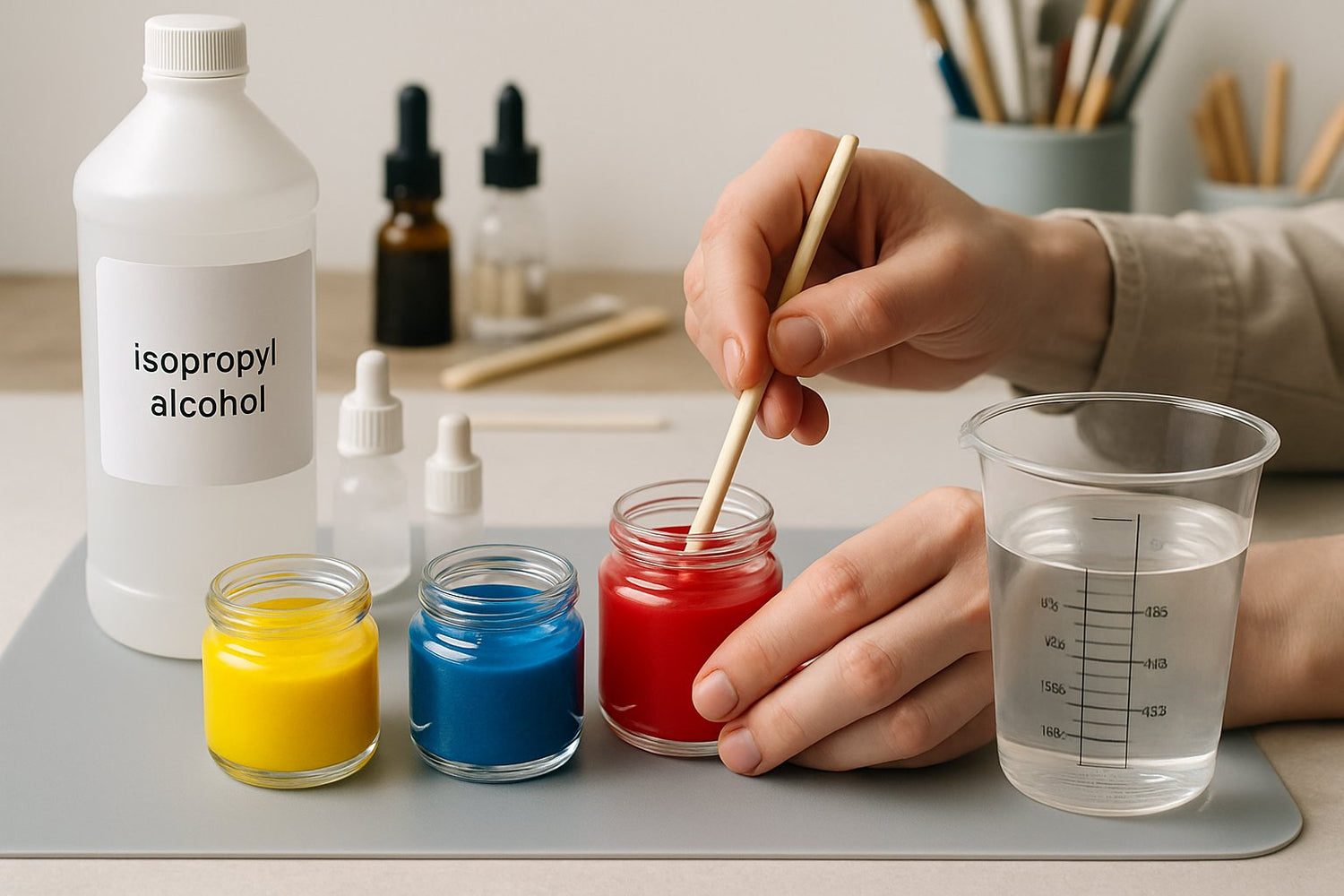
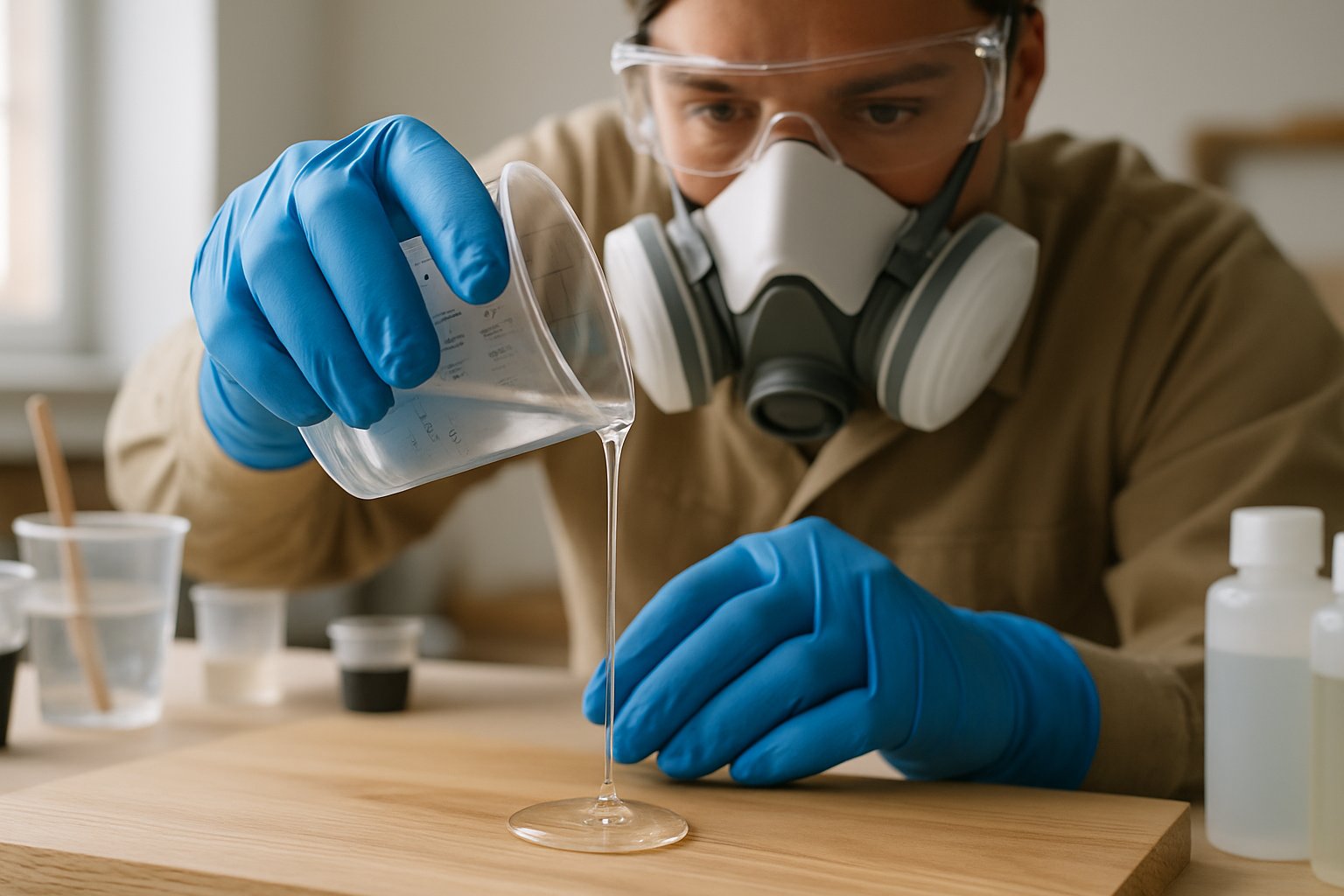
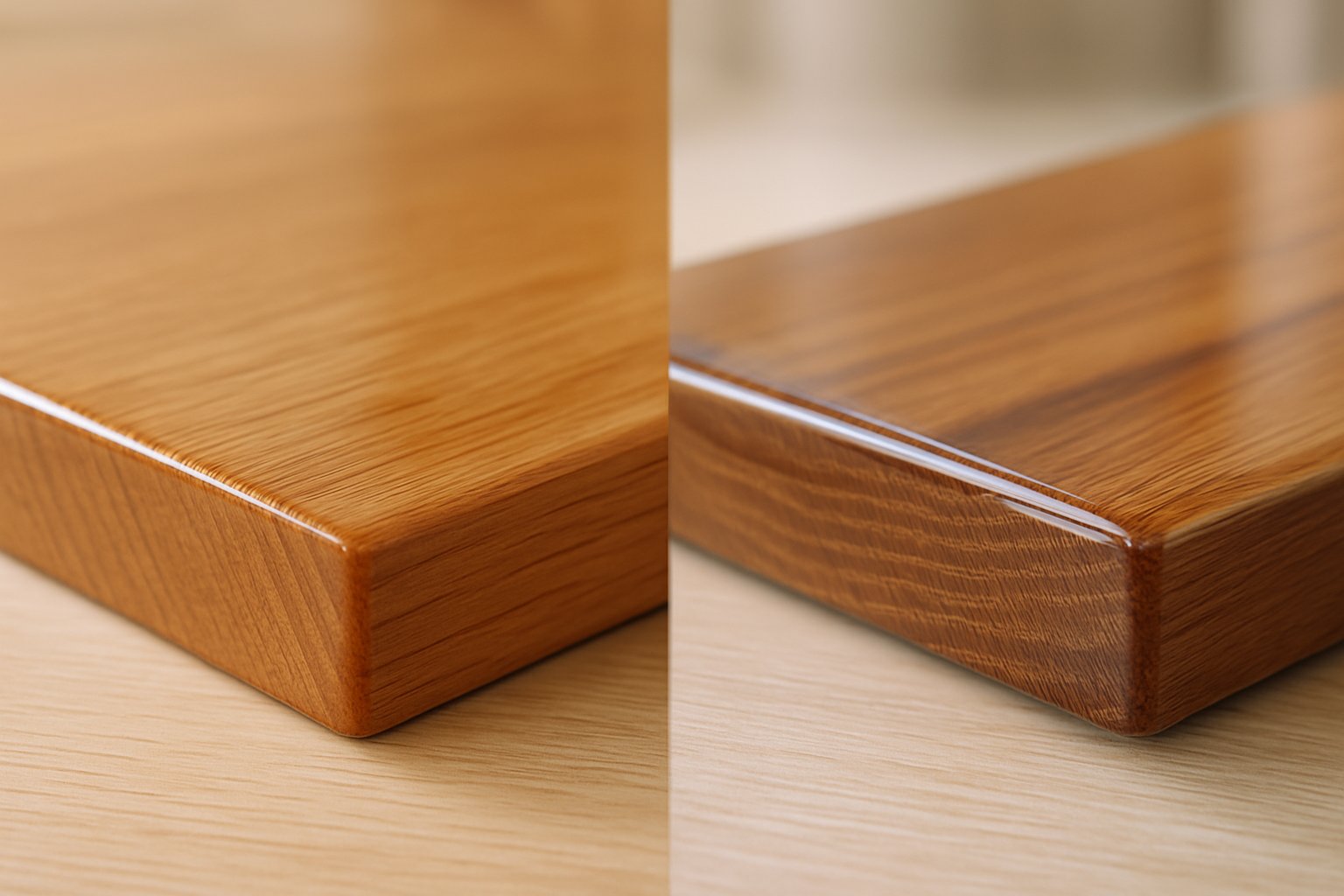
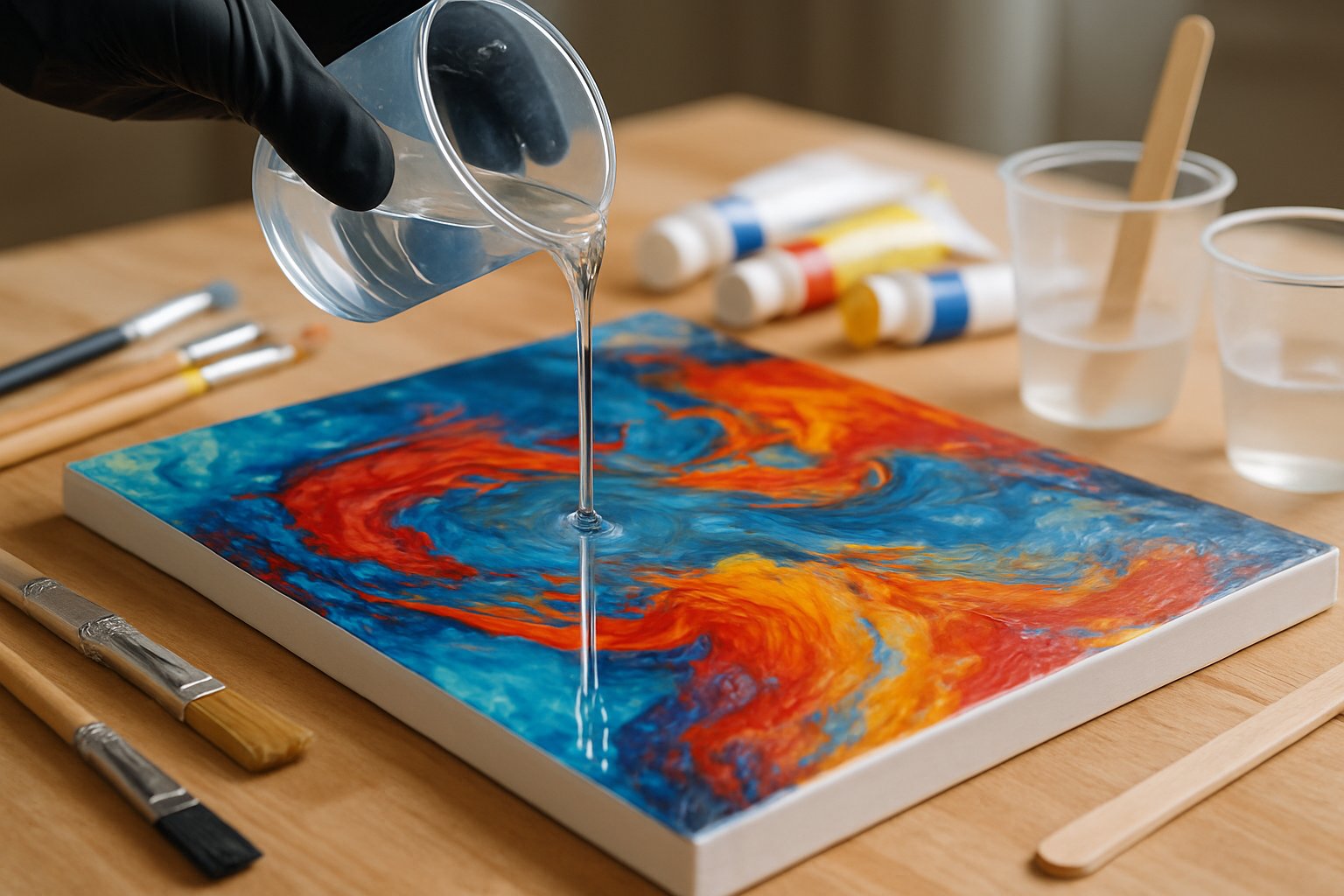
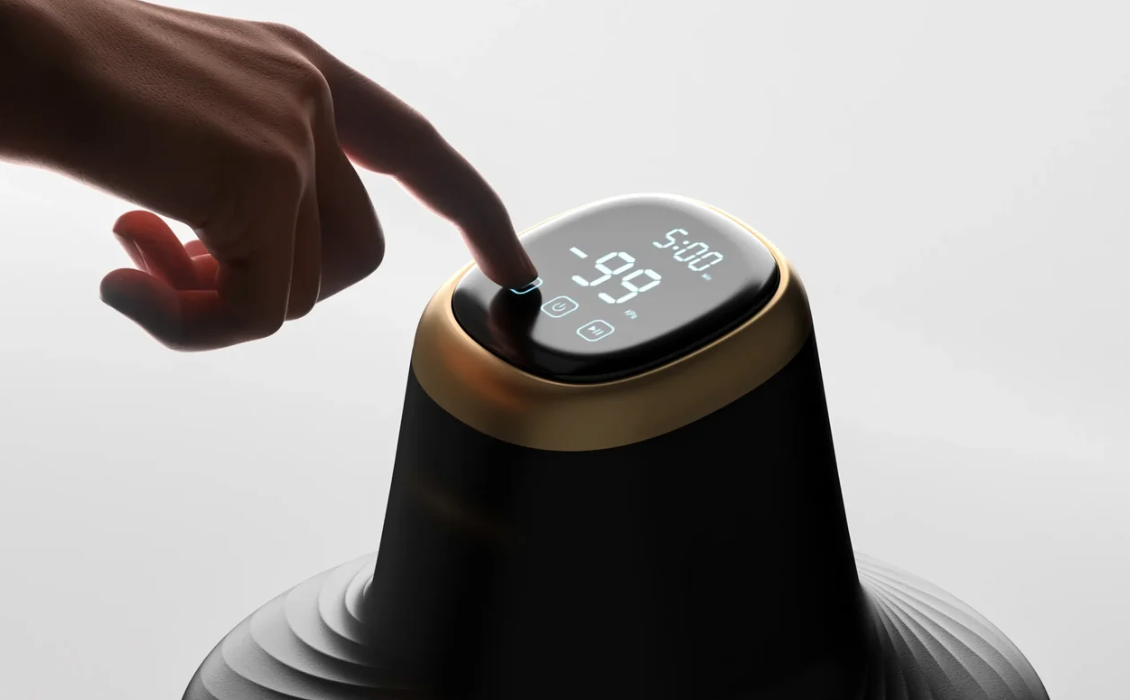

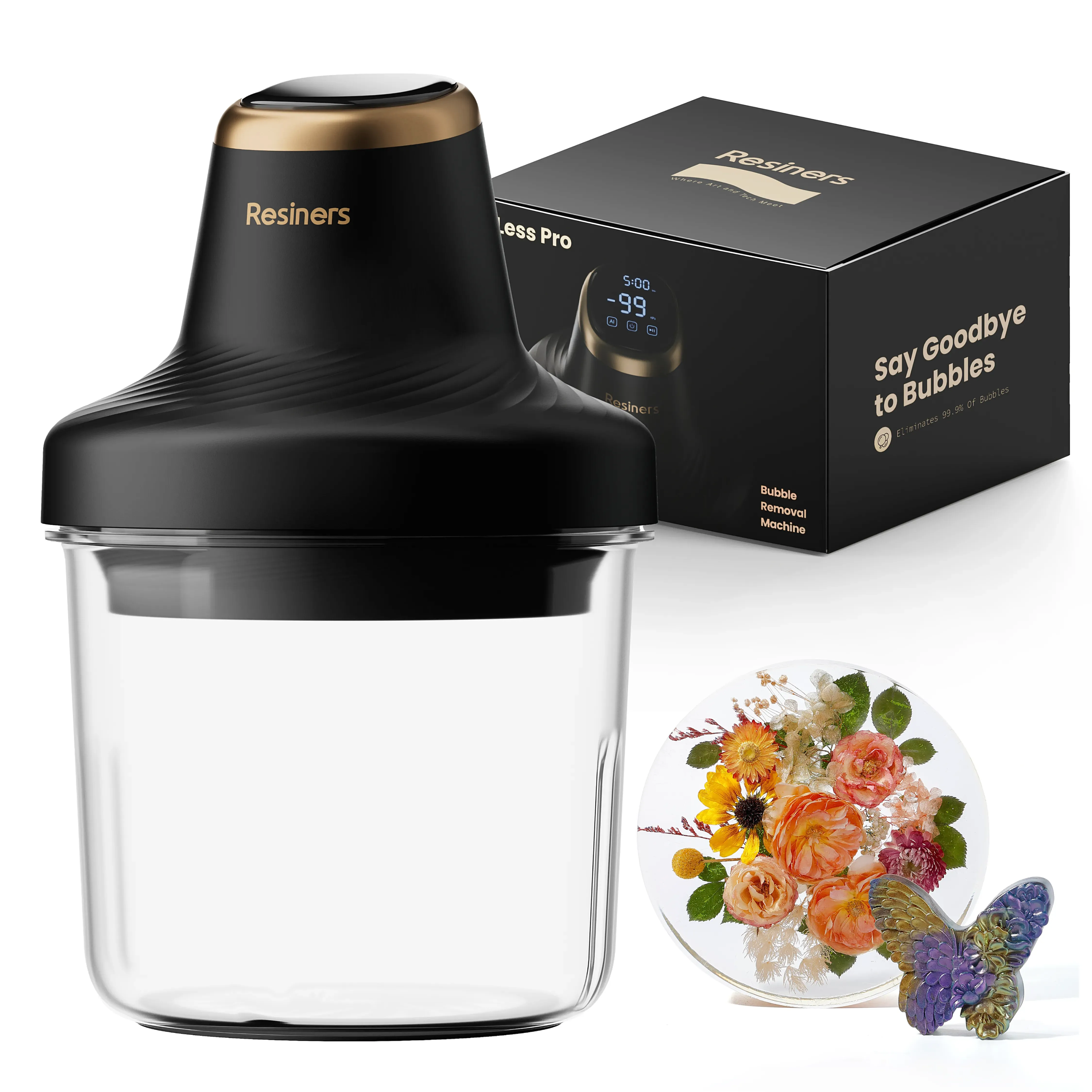
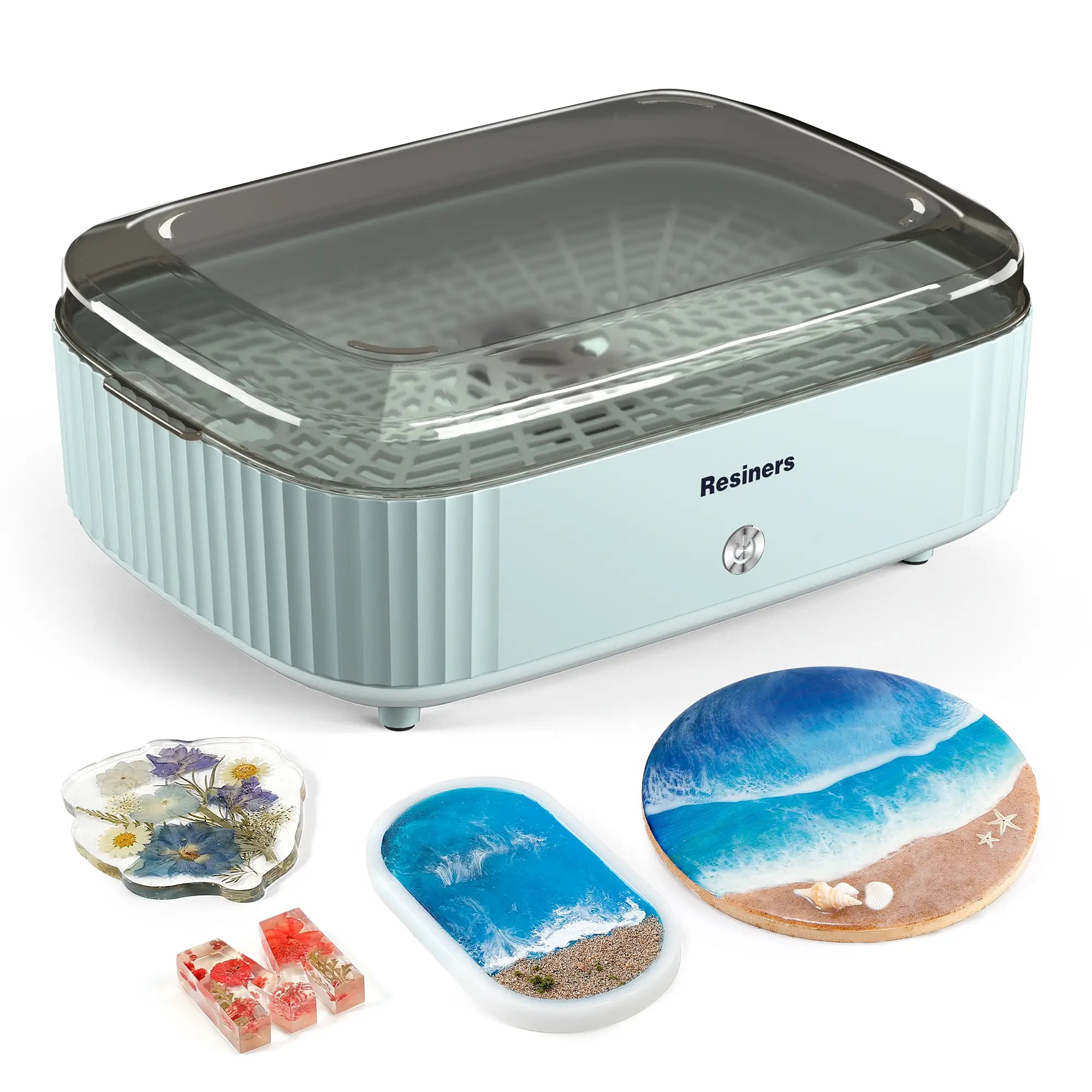

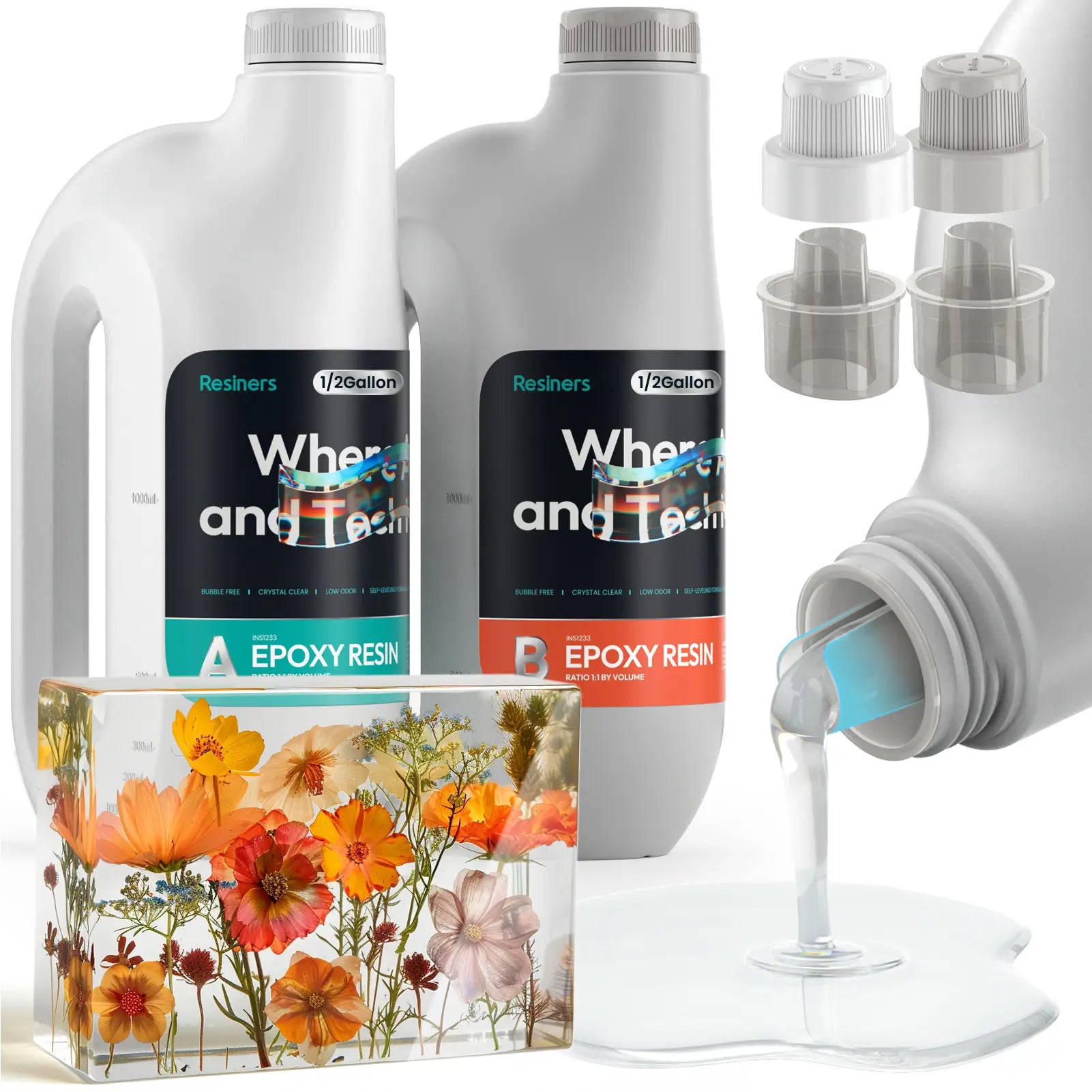
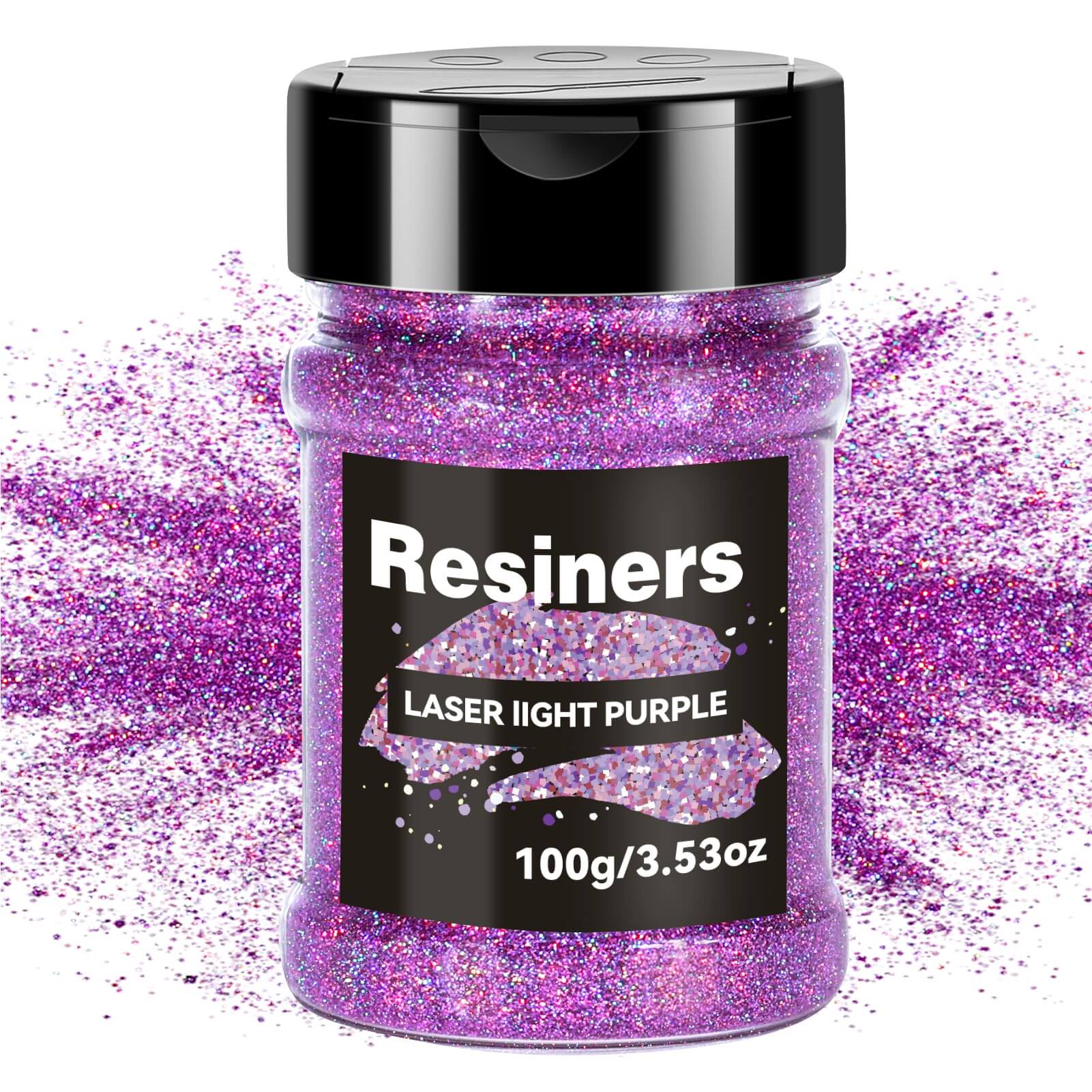
Leave a comment
This site is protected by hCaptcha and the hCaptcha Privacy Policy and Terms of Service apply.